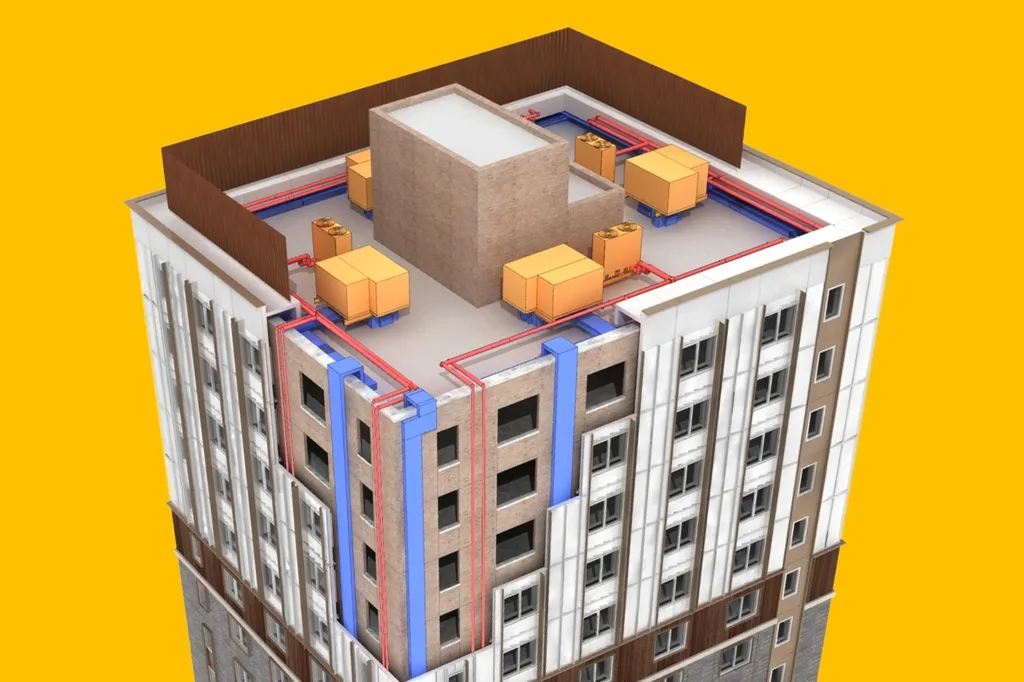In the ever-evolving world of construction, where efficiency and cost-effectiveness are paramount, a groundbreaking study led by Kseniia Lukash from Peter the Great St. Petersburg Polytechnic University is set to revolutionize the way we approach thermal insulation in housing construction. Published in the esteemed ‘Magazine of Civil Engineering’ (known in Russian as “Zhurnal Grazhdskogo Stroitel’stva”), this research introduces an analytical model that could significantly impact the energy sector and construction industry at large.
The study addresses a critical need in the industry: the development of effective design and organizational-technological solutions that consider the complex interplay between various factors influencing the cost, duration, and quality of construction projects. Lukash’s research focuses on the enclosing structures of housing construction objects, specifically the use of thermal insulation materials.
“Our aim was to develop tools to determine the characteristics of design solutions based on energy and economic efficiency criteria,” Lukash explains. The research team reviewed and analyzed existing scientific developments, ultimately creating an analytical model that describes the linear dependence of the specific cost of thermal insulation material on its technical characteristics.
The practical implications of this model are substantial. By providing a predictive calculation of the specific cost of thermal insulation material, akin to mineral wool, based on specified technical characteristics, the model offers a powerful tool for professionals in the field. “The developed analytical model can be effectively integrated into the structure of tools for determination of the characteristics for design solutions related to enclosing structures within housing construction object on the basis of energy and economic efficiency criteria,” Lukash notes.
This breakthrough could lead to more informed decision-making processes, ultimately enhancing the energy efficiency and economic viability of construction projects. As the industry continues to grapple with tightening requirements for project duration, cost, and quality, such tools become increasingly invaluable.
The research not only provides a practical solution but also sets the stage for future developments. By offering a comprehensive framework that considers a wide range of factors, Lukash’s model paves the way for further advancements in the field. As the construction industry strives for greater sustainability and efficiency, this analytical model could play a pivotal role in shaping the future of housing construction.
In an industry where every detail matters, Lukash’s research serves as a testament to the power of innovative thinking and rigorous scientific inquiry. As professionals in the construction and energy sectors continue to seek ways to optimize their projects, this model offers a promising path forward, ensuring that the buildings of tomorrow are not only cost-effective but also energy-efficient and sustainable.

